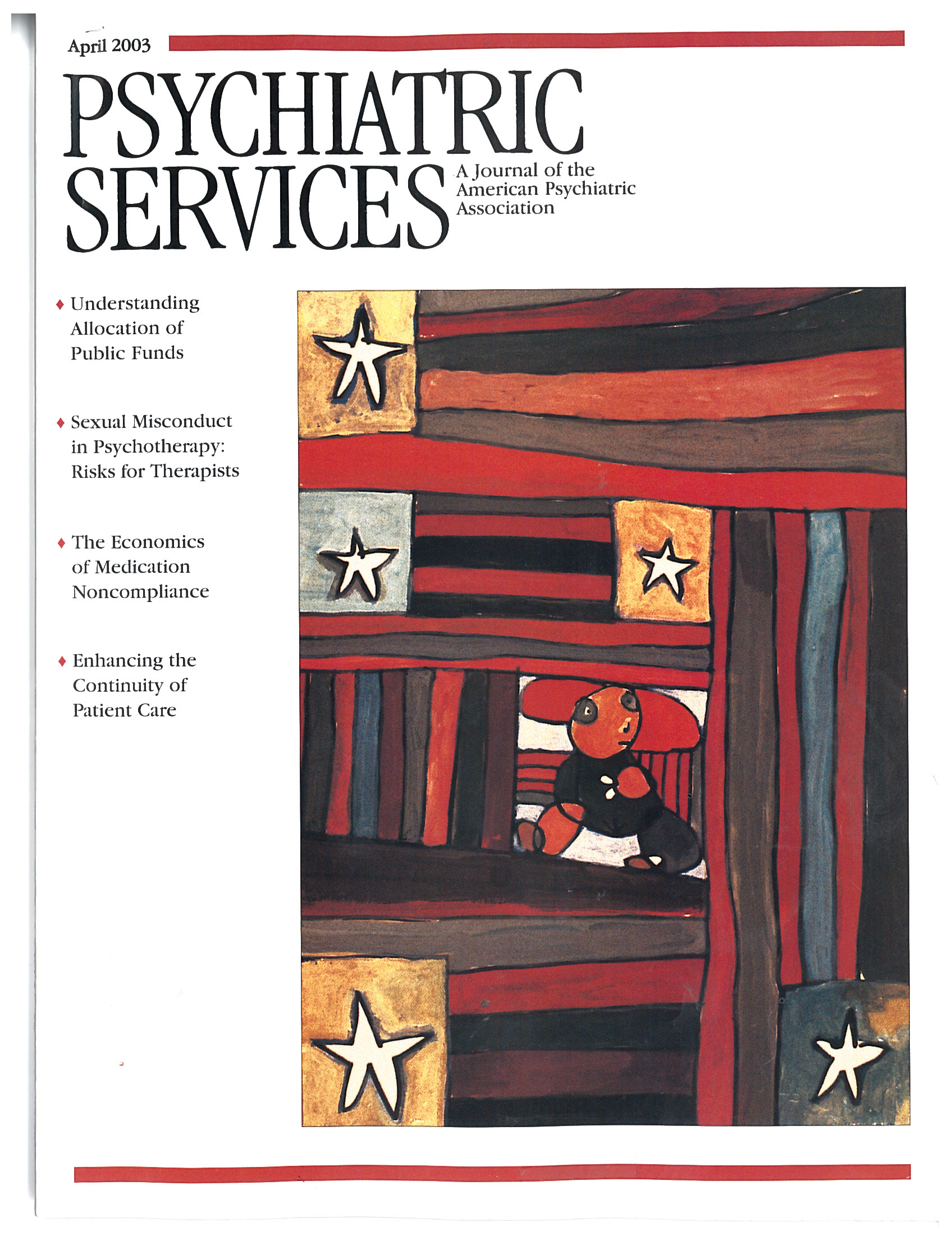Combination Antipsychotic Therapy in Clinical Practice
To the Editor: Antipsychotic polypharmacy has become a fact of life in the clinical treatment of the severe psychoses. In the introduction to their article in the January issue, Tapp and colleagues (1) provide a very useful summary of the limited literature in this area. The goal of their study, which consisted of a chart review and a physician survey, was to assess providers' reasons for prescribing more than one antipsychotic medication. They correctly noted that previous studies were limited by small samples.
Tapp and colleagues chose to drop nearly half of the identified study sample, excluding 32 of 74 patients only because they were in a different division of the local Veterans Affairs health care system. Given the need for good studies in this area, this was an unfortunate decision, because it weakened the study. We need to know why clinicians in all settings are using antipsychotic polypharmacy, and dropping a significant portion of the study sample limited the utility of this study.
In addition, psychiatrists who treat psychosis particularly need to know if combining antipsychotics makes any difference in terms of clinical outcomes. Although determining physicians' rationale for prescribing combination antipsychotics is useful, the study would have been stronger if the authors had determined, from either the survey of prescribers or from the chart review, the degree of improvement among the patients who received combination therapy, perhaps using the Clinical Global Impression scale.
Finally, the decision to survey only the physicians who prescribed combination antipsychotic treatment also limited the study; it would have been equally useful to learn why these psychiatrists' colleagues did not use combination therapy and in what cases they might do so.
Because this was a community study, a report with these added elements would have more fully described the real world of management of psychosis with combinations of antipsychotic agents in a way that many public-sector clinicians, including myself, would have found valuable indeed.
Dr. Parker is associate professor of clinical psychiatry at Indiana University School of Medicine in Indianapolis.
1. Tapp A, Wood AE, Secrest L, et al: Combination antipsychotic therapy in clinical practice. Psychiatric Services 54:55-59, 2003Link, Google Scholar



